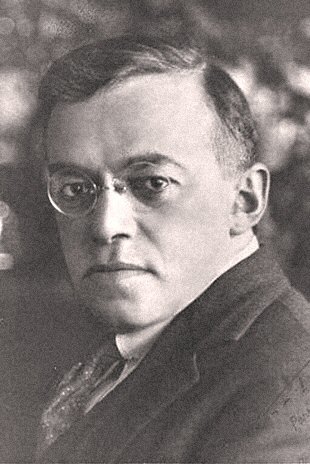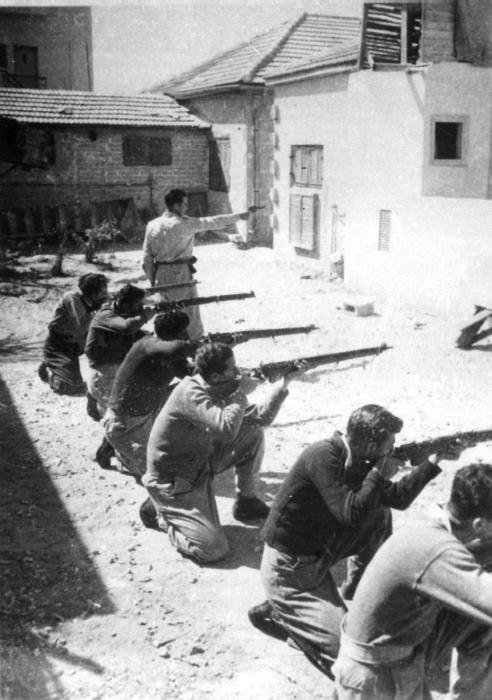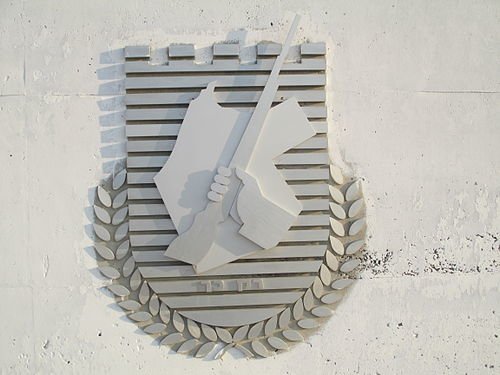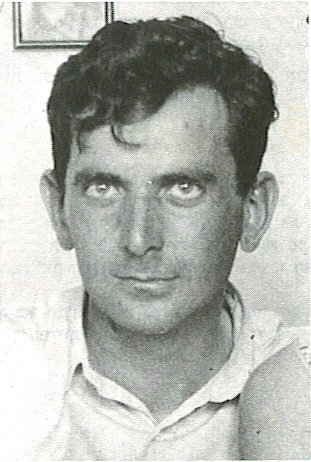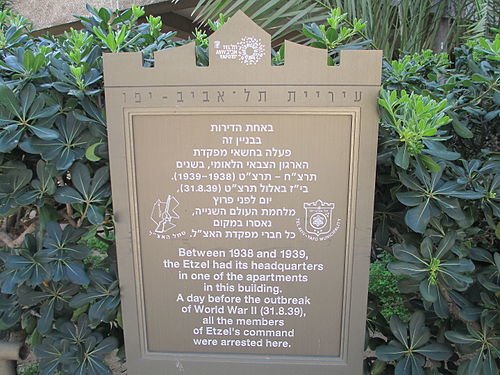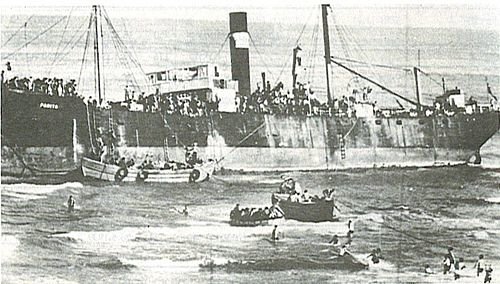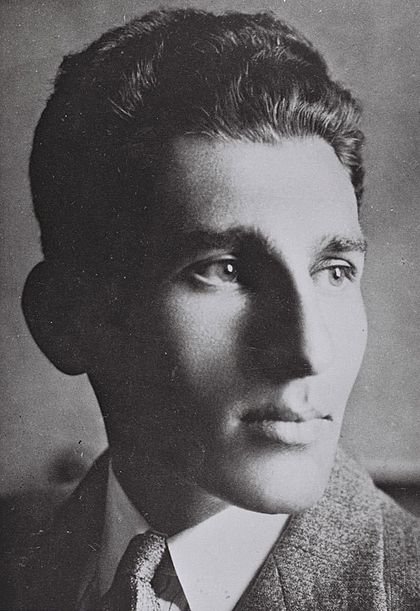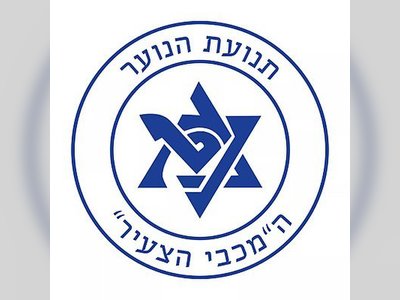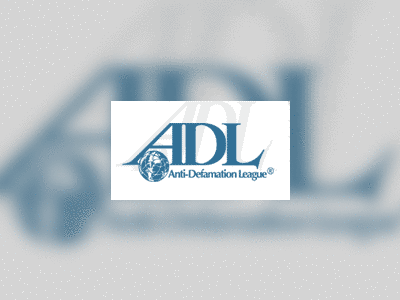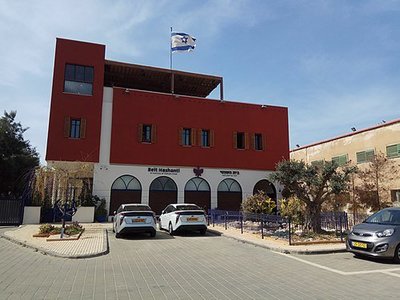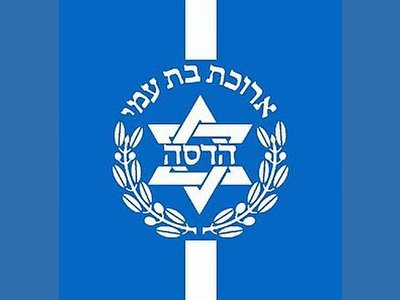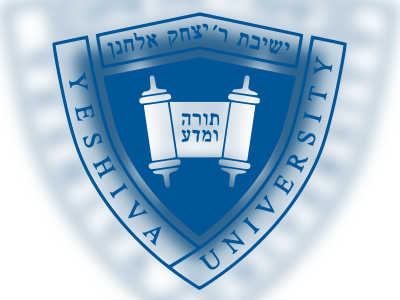מורשת גדולי האומה
בזכותם קיים
beta
The Irgun: A Historical Account
The Irgun Zvai Leumi, despite its relatively small size, played a complex and influential role during the tumultuous years leading up to Israel's establishment. Its activities, political ideology, and impact on the broader Zionist movement remain subjects of historical debate and analysis.
The Irgun Zvai Leumi, abbreviated as Etzel, was a clandestine Jewish military organization formed in Jerusalem in 1931. Comprising primarily young Revisionist Zionists, it was established in response to Arab hostilities, particularly during the Arab riots of 1936-1939. This documentary-style article will delve into the origins, activities, and impact of the Irgun Zvai Leumi.
Foundation and Leadership:
Etzel was founded by former members of the Haganah, another Jewish paramilitary organization, who sought a more militant approach to countering Arab violence. Due to its secretive nature, it was often referred to as "HaHaganah" or "HaMa'amad" rather than its official name. The organization's leaders eventually integrated into the Israel Defense Forces (IDF) upon its establishment.Controversial Status:
The British Mandate authorities regarded Etzel as a terrorist organization, a view shared by some of its opponents, including the Anglo-American Committee of Inquiry, the Jewish Agency, and international media during the pre-statehood period. However, historians differ in their assessments of Etzel's role in the British withdrawal from Palestine. Some credit it with significant influence, while others view it as a secondary factor.Membership and Demographics:
Most Etzel members were young individuals associated with the Revisionist Zionist youth movement Betar. Many were immigrants to Palestine, primarily from Eastern Europe, and approximately 27% had Sephardic heritage, mirroring the overall Jewish population. Women constituted about 15% of the organization, which had around 6,200 members and activists.Operational Structure:
Etzel operated covertly, using various aliases such as "The National Defense" in its early years. Later, it became known as "The Movement," "The Lehi," and other pseudonyms. The organization had a hierarchical structure, with leaders like Ze'ev Jabotinsky shaping its general approach. Etzel engaged in both military and political activities, including armed operations, political propaganda, and even running its independent Hebrew radio station, "Kol Tzion Halochamat."Political Stance:
Etzel's strategy and fundamental beliefs evolved over time. They addressed various topics, including the use of force to achieve Zionist goals, relations with the Arab population during periods of conflict, and their stance towards the British Mandate. Etzel often clashed with mainstream Zionist leadership and official institutions, leading to its eventual isolation from the broader Zionist movement.Dissociation from Zionist Leadership:
Etzel initially operated under the supervision of a "Central Supervisory Committee," representing various non-active Zionist parties. However, in 1937, the organization distanced itself from this committee, and after declaring war against the British Mandate in 1944, it acted independently.Organizational Structure:
Etzel's internal structure included "Branches," "Units," and "Squads," each led by officers with various ranks. The highest-ranking officer was the "Chief Commander," and other positions included Deputy Commander, Unit Leader, and Deputy Unit Leader. The organization expanded to include "Centrals" or "Headquarters" responsible for specific regions or functions.- ארגון צבאי לאומיhe.wikipedia.org

